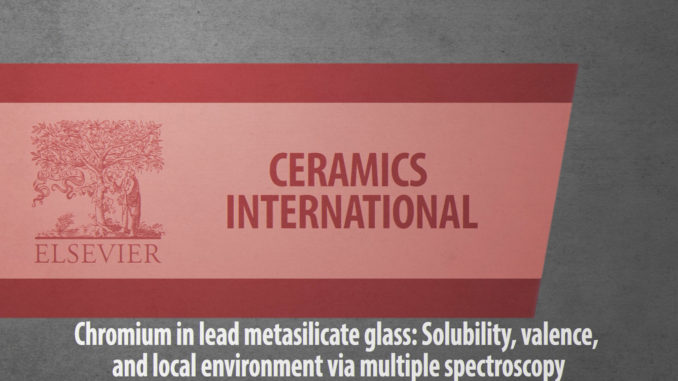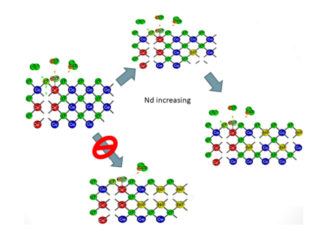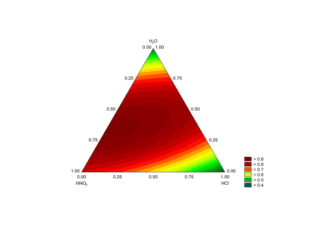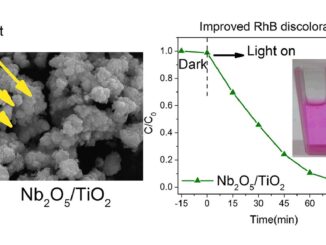
Chromium in lead metasilicate glass: Solubility, valence, and local environment via multiple spectroscopy
Abstract: In this article the doping of chromium in a lead metasilicate glass is explored using Raman, UV–Vis, and Cr K-edge XANES spectroscopy. Our results indicate that the Cr ions are predominantly present as CrO42− complexes, with a minor amounts of Cr(III). The solubility of Cr is limited to ∼1 mol % Cr2O3. This boundary was inferred from the intensity changes to the CrO42− stretching vibrations and confirmed by the inability to produce a homogeneous glass containing 2 mol % Cr2O3. The establishment of the solubility limit of Cr in lead glasses is important to design more effective glass compositions depending on the desired application. Finally, this low solubility indicates that Cr2O3 could be used as a potential nucleating agent for lead-silica based glass-ceramics.
Author(s): Sampaio, D. V.; Pena, R. B.; Moulton, B. J. A.; Rezende, M. V.; Silva, D. D.; Silva, R. S.; da Cunha, T. R.; Mastelaro, V. R.; Zanotto, E. D.; Pizani, P. S.
Ceramics International
Published: 1 January 2022, Volume 48, Issue 1, Pages 173-178
DOI: https://doi.org/10.1016/j.ceramint.2021.08.377
CDMF
The CDMF, hosted at the Federal University of São Carlos (UFSCar), is one of the Research, Innovation and Dissemination Centers (RIDC) supported by the São Paulo State Research Support Foundation (Fapesp), and also receives investment from the National Council Scientific and Technological Development (CNPq), from the National Institute of Science and Technology of Materials in Nanotechnology (INCTMN).




